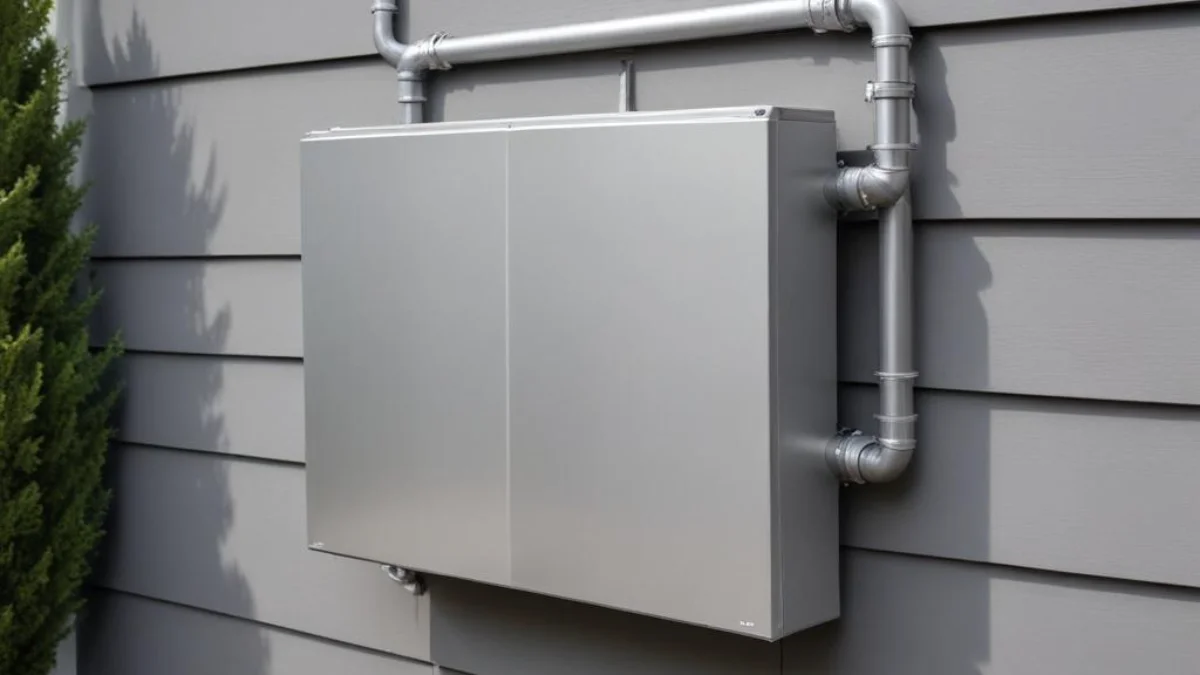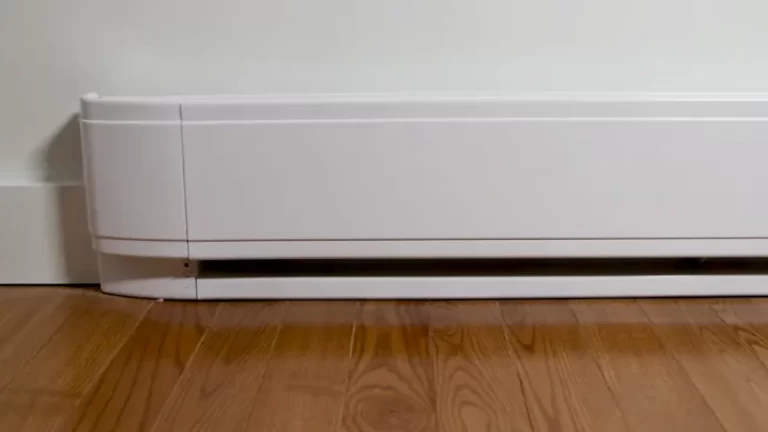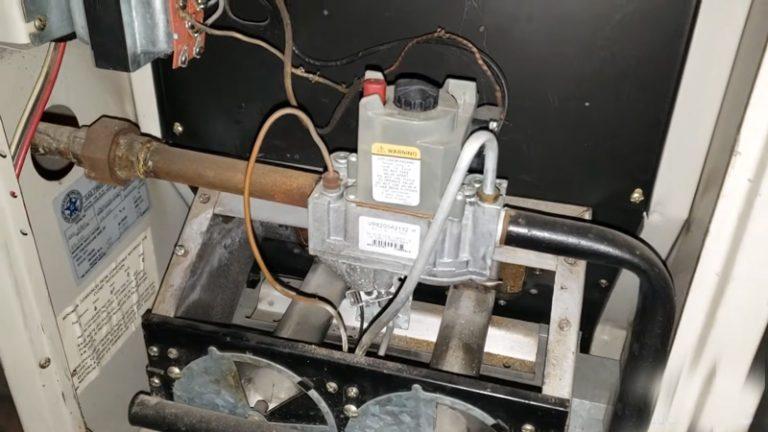Safely Hide an Ugly Gas Pipe Outside Without Compromising Safety
That exposed gas pipe clinging to the side of your house isn’t just an eyesore; it could be a safety concern waiting to happen. Homeowners often grapple with this unsightly blemish on their home’s exterior, wondering how to blend it away without compromising safety. Exposed pipes can detract from your home’s curb appeal and, if not properly protected, are vulnerable to damage.
The problem stems from necessary utility placements that prioritize function over form, leaving you with pipes that disrupt the clean lines of your home. Beyond aesthetics, these pipes face exposure to weather, accidental impacts, and even UV radiation, which can degrade certain materials over time. Let’s explore how to address this common issue, transforming a visual negative into a seamless part of your home’s design while enhancing its protection.
You'll Learn About
Why Exposed Gas Pipes Are a Problem
The primary issue with exposed gas pipes is twofold: aesthetics and safety. Visually, a stark metal or plastic pipe running along your brick or siding can ruin your home’s exterior charm. It’s a utilitarian feature that was never meant to be a design element, yet its presence is often prominent and distracting.
From a safety standpoint, unprotected pipes are susceptible to a variety of hazards. Physical damage from lawnmowers, vehicles, or even children playing can lead to dangerous leaks. Furthermore, some gas pipe materials, particularly certain types of yellow multi-layer pipes, can degrade when exposed to UV light, potentially leading to cracks and gas leaks over time. Ensuring these pipes are properly covered is not just about looks; it’s a critical safety measure.
Understanding the Risks
An exposed gas line is vulnerable to accidental impact, which can have severe consequences. A slight nudge from a car or a bump from heavy equipment can compromise the integrity of the pipe or its fittings. This is especially concerning for pipes located near driveways or high-traffic areas where the risk of collision is higher.
Weather is another significant factor. Continuous exposure to rain, snow, and fluctuating temperatures can cause corrosion on metal pipes, weakening them over the years. For certain plastic pipes, direct sunlight can be a serious issue, as UV rays can make the material brittle and prone to failure. Proper covering shields the pipe from these environmental stressors, extending its lifespan and maintaining its integrity.
Solutions: Covering Outdoor Gas Pipes Safely and Stylishly
Fortunately, there are numerous ways to conceal an exterior gas pipe that enhance both safety and curb appeal. The right solution depends on your budget, your home’s style, and local utility regulations. Always check with your gas company and local authorities before building any permanent structure around a gas meter or pipe to ensure you’re not violating any access or ventilation requirements.
Accessibility for maintenance and emergency shut-off is paramount. Any cover or concealment strategy must allow utility workers to easily access the meter and shut-off valve. Ventilation is also crucial, especially when boxing in a pipe, to prevent the buildup of gas in the event of a small leak. Now, let’s dive into some practical and creative solutions.
1. Building a Protective Cover or Box
One of the most effective methods is to construct a cover or box around the pipe and meter. This can be a simple three-sided enclosure that slides over the installation, providing both protection and a clean look. Using materials that match or complement your home’s exterior, like wood, composite decking, or PVC, can create a seamless appearance.
When building a cover, ensure it is removable and well-ventilated. A lift-off design or a hinged door allows for easy access. Vents should be incorporated at the top and bottom to allow any potential gas leaks to dissipate safely. This is a great DIY project for a handy homeowner, but if you’re unsure, hiring a professional is always the best option.

2. Strategic Landscaping
Landscaping offers a natural and beautiful way to hide unsightly pipes. Planting dense shrubs, ornamental grasses, or a row of hedges in front of the gas meter can effectively screen it from view. Choose plants that will grow tall and thick enough to provide coverage but won’t interfere with access.
When planting, be mindful of the root systems and maintain a safe distance from the pipe to prevent damage. It’s also wise to consider the mature size of the plants to avoid future overcrowding. This approach not only hides the pipes but also adds a touch of green to your home’s exterior, enhancing its overall appeal.
3. Installing Decorative Screens or Fencing
A decorative screen or a small section of fencing can be an elegant and straightforward solution. Available in a wide variety of materials, including wood, vinyl, and metal, these screens can act as a stylish barrier. This method is particularly effective for corner installations or areas where landscaping might not be feasible.
Ensure the screen is placed with enough clearance for access and airflow. Many designs are freestanding, making them easy to move when necessary. This is a quick and often cost-effective way to immediately improve the look of your exterior while providing a degree of protection for the pipework.
4. Painting the Pipes
For a minimalist approach, sometimes the simplest solution is the best. Painting the gas pipe to match the color of your home’s exterior can make it significantly less noticeable. Use a high-quality exterior paint suitable for the pipe’s material to ensure a durable and long-lasting finish.
While this doesn’t offer physical protection, it’s an excellent camouflage technique. A neutral color like black can also work well, making the pipe recede into the background. For those considering the long-term durability of their home’s plumbing, understanding the pros and cons of different materials is key; for instance, many wonder, “should I buy a house with cast iron pipes,” a question that highlights the importance of pipe material and maintenance.
Choosing the Right Materials for Your Cover
When building a cover, the material you choose is crucial for durability and aesthetics. Weather-resistant materials are a must to withstand the elements. Cedar and redwood are excellent choices for wood, as they are naturally resistant to rot and insects. Composite decking is another fantastic, low-maintenance option that won’t warp or fade.
For a more modern look, consider metal or PVC covers. These are highly durable and can be painted to match any color scheme. Regardless of the material, ensure the construction is sturdy enough to offer real protection. This same principle of choosing robust materials applies to other outdoor drainage solutions, such as finding a durable drive over drain pipe that can withstand vehicular traffic.
| Covering Method | Pros | Cons | Best For |
|---|---|---|---|
| Protective Box/Cover | High level of protection, very discreet, customizable design. | Requires construction, must ensure proper ventilation and access. | Homeowners wanting a permanent and seamless solution. |
| Landscaping | Aesthetically pleasing, adds greenery, can improve curb appeal. | Requires maintenance, plants can obstruct access if not managed. | Gardening enthusiasts and those seeking a natural look. |
| Decorative Screen | Easy to install, variety of styles, movable for access. | Offers less physical protection than a full box. | Quick and stylish concealment in visible areas. |
| Painting | Simple, inexpensive, effective camouflage. | No physical protection, may need occasional touch-ups. | Minimalist approach where protection is less of a concern. |
Important Safety Regulations to Consider
Before you begin any project to cover your external gas pipes, it is imperative to be aware of local codes and utility company regulations. Most utility providers have strict guidelines regarding the clearance needed around meters and pipes for reading, maintenance, and emergency access. Obstructing this access can result in fines or the removal of your cover.
Typically, there needs to be a minimum clearance of three feet in front of the meter and at least one foot on the sides and top. Ventilation is also a non-negotiable safety requirement for any enclosure. If you ever detect a gas leak, such as an unusual odor reminiscent of an open sewer pipe in basement, evacuate the area immediately and contact your gas company from a safe distance.
Final Thoughts on Aesthetics and Safety
Covering an exposed outdoor gas pipe is a project that beautifully marries aesthetics with practical safety. By choosing the right method and materials, you can eliminate an eyesore and protect a vital utility line. Whether you opt for a custom-built cover, strategic landscaping, or a simple coat of paint, the result will be a more polished and secure home exterior.
Remember to always prioritize safety by adhering to local regulations and ensuring easy access for utility personnel. With a little planning and creativity, you can successfully solve the problem of an ugly gas pipe, boosting your home’s curb appeal and your peace of mind.


